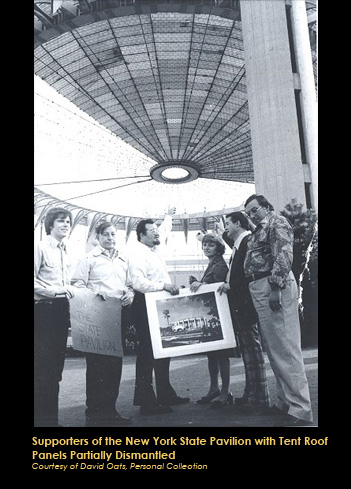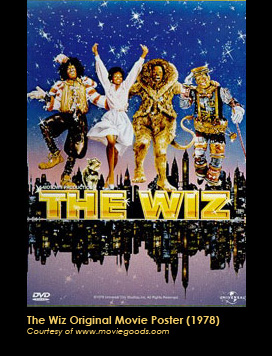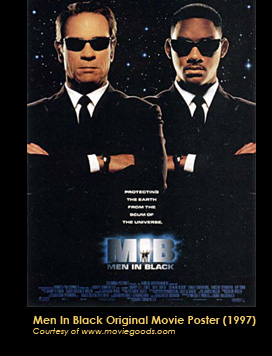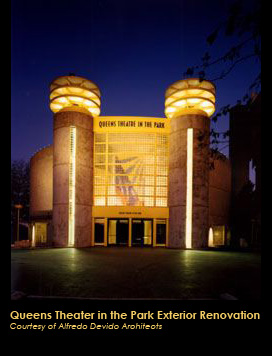
The New York World’s Fair Corporation commissioned an engineering report which detailed a proposed restoration program for the Post-Fair Park including the retention of the Unisphere, the Hall of Science, the Heliport, and the New York State Pavilion.
As a cost saving measure, the Corporation required each participating exhibitor to be responsible for funding both the construction and demolition of their respective exhibits. For those exhibits deemed worthy of conversion to permanent structures, the Corporation stipulated that “funds for the conversion should be provided by the exhibitor, up to the amount that would otherwise be required to spend for the demolition.” In an effort to help save state taxpayer money, Governor Rockefeller passed the financial burden of the site to the City of New York. In the fall of 1965, the decision was made to retain the Pavilion and to transfer ownership to the City of New York.
Initially, from 1967-69, the Tent of Tomorrow was a venue for various art shows and several music concerts. In March 1970, the Tent was transformed into the “Roller Round Skating Rink”, but was ultimately closed a few years later when the roof panels were determined to be unstable. All of the panels were removed, and with the exception of brief background appearances in popular films, the Parks Department has struggled to find a suitable use since.
A New Life
The Theaterama underwent an initial restoration in the late 1980s by Alfredo Devido Architects and continues to thrive today as the successful Queens Theater in the Park. An additional cabaret and reception center, currently under construction, has been designed by New York architectural firm Caples Jefferson Architects.
Over the past thirty years since the structure was initially abandoned, the Pavilion’s exposure to the elements and lack of maintenance have accelerated its deterioration. Signs of the structure’s deterioration include corrosion of the steel members and cables, missing plastic roofing panels, peeling paint, ponding water, and overall deterioration of the terrazzo roadmap pavement.
The Towers have remained abandoned since the end of the fair, with one Sky Streak elevator grounded and the other held in mid-tower position to prevent vandalism.
Most recently, in June 2007, the organization World Monuments Fund listed the New York State Pavilion on its 2008 Watch List of the World’s 100 Most Endangered Sites.
The New York World’s Fair 1964-65 Corporation produced a Post-Fair Engineering Report, which included this map highlighting restoration and improvements to be conducted by the City as well as structures proposed for permanent retention. The report suggested that the Pavilion’s towers constituted “a natural tourist attraction” and that the tent portion of the Pavilion “would provide a covered area for athletic events, dancing and concerts similar to those which have proved so popular as part of the New York State Exhibit.”

In March 1970, the Tent of Tomorrow was transformed into the “Roller Round Skating Rink”, a complement to the popular ice skating rink originally housed in the 1939 New York City Pavilion. To protect the terrazzo floor map and provide a proper skating surface, the pavement was coated with a layer of transparent polyurethane before opening for business. The terrazzo roadmap pavement was still visible beneath. The roller rink was operated as a seasonal facility from March to mid-November and attracted approximately 100,000 skaters each year.

By the summer of 1974, the City ordered the closure of the tent structure. The Building Department found the multicolored panels attached to the suspended roof structure to be in hazardous condition and were deemed unsafe. In 1976, the city ordered all of the panels to be removed and the tent went roofless. Since then the structure and the map floor have fallen into serious decay and are now in near ruinous condition.

After some minor cosmetic improvements, the Pavilion was used to film several scenes in the 1978 film The Wiz. With a coat of paint and fully lit, the Pavilion once again became a symbol of a another place and time beyond the present despite its actual dilapidated condition and uncertain future.

The observation towers were reborn in the blockbuster movie Men In Black where the Iconic saucer-like platforms were depicted as alien spaceships. After three decades of oblivious presence on the New York Queens skyline, Johnson’s pop reference was finally realized.

The Theaterama saw the most successful post-Fair use by continuing as a theater in the early 1980s. In 1993, the theater underwent a $4 million restoration by Alfredo Devido Architects and today is the current home of Queens Theater in the Park.
